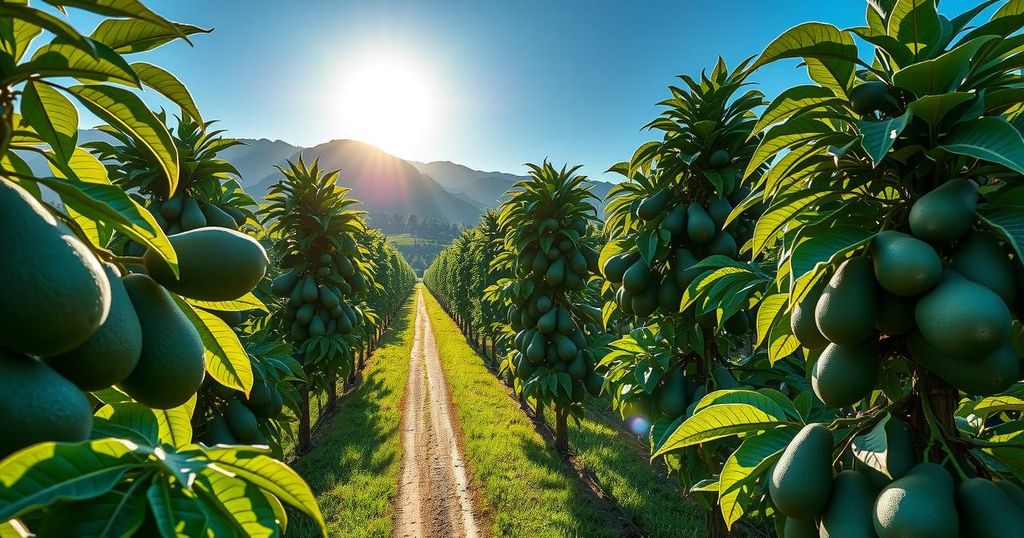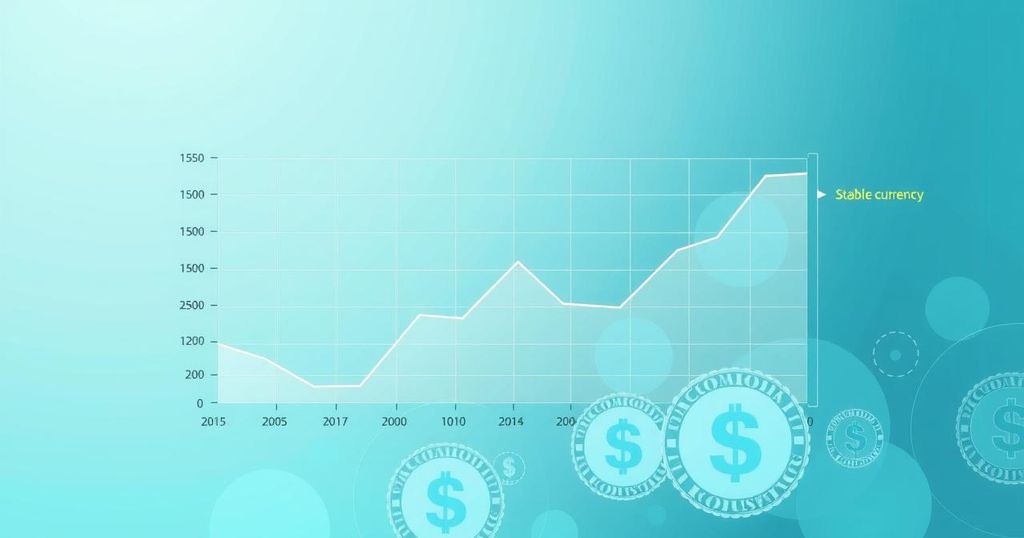Peruvian Avocado Planting Projections: A Shift Towards Decline Over Five Years
The Hass Avocado Board and Cirad’s report indicates a decline in Peruvian avocado plantings in the next five years due to rising costs, competition, and climate issues. Cultivation areas are projected at 76,750 hectares for 2024, primarily in Olmos, Chavimochic, Lima Valleys, and Sierra. Despite these challenges, new plantings are expected to remain positive if growers adopt improved practices.
The Hass Avocado Board and Cirad, an agricultural research institution, have collaborated to provide a comprehensive mid-term projection of avocado production in major U.S. avocado-supplying countries. The initiative aims to assist investors, growers, and industry stakeholders in anticipating future marketing strategies, based on market assessments conducted since 2019.
This project has reviewed the avocado market in significant producing countries, including Peru, Mexico, California, Chile, and Colombia. After five years, the partners re-evaluated the sector to identify evolutionary trends leading towards 2030. The findings indicate that avocado cultivation expanded steadily from 2019 to 2022, but there was a notable slowdown in new plantings afterwards.
In 2024, the estimated area dedicated to avocado cultivation is projected to be 76,750 hectares, primarily located in four regions: Olmos, Chavimochic, the Lima Valleys, and Sierra. Both Olmos and Chavimochic have experienced a decline in planting rates due to various challenges. Olmos faces issues related to reduced profitability, increased water constraints, extreme weather conditions, and disappointing yields, while Chavimochic contends with a lack of affordable land and rising competition from other crops.
Conversely, the Lima Valleys and Sierra regions are progressing but at a slower rate. The report outlines numerous socioeconomic and environmental factors that have impacted the Peruvian avocado market over the past five years, including increased production costs and competition from the European Union. The declining profitability of avocados is attributed to saturated market conditions and intensified climate challenges, alongside a political atmosphere that has added to these issues.
Despite the anticipated deceleration in growth, the report emphasizes that new plantings will likely continue positively. To enhance productivity and improve yields, it suggests adopting better rootstocks to counter climate change effects and salinity concerns, coupled with refined technical management practices to optimize avocado cultivation.
The recent report outlines a significant slowdown in Peruvian avocado plantings due to various economic, environmental, and competitive pressures. While the area under cultivation is expected to maintain a positive trend, profitability challenges loom due to rising costs and competition from other crops. Recommendations focusing on technical advancements and suitable rootstocks provide a strategic framework for growers to navigate these challenges effectively.
Original Source: www.freshfruitportal.com




Post Comment